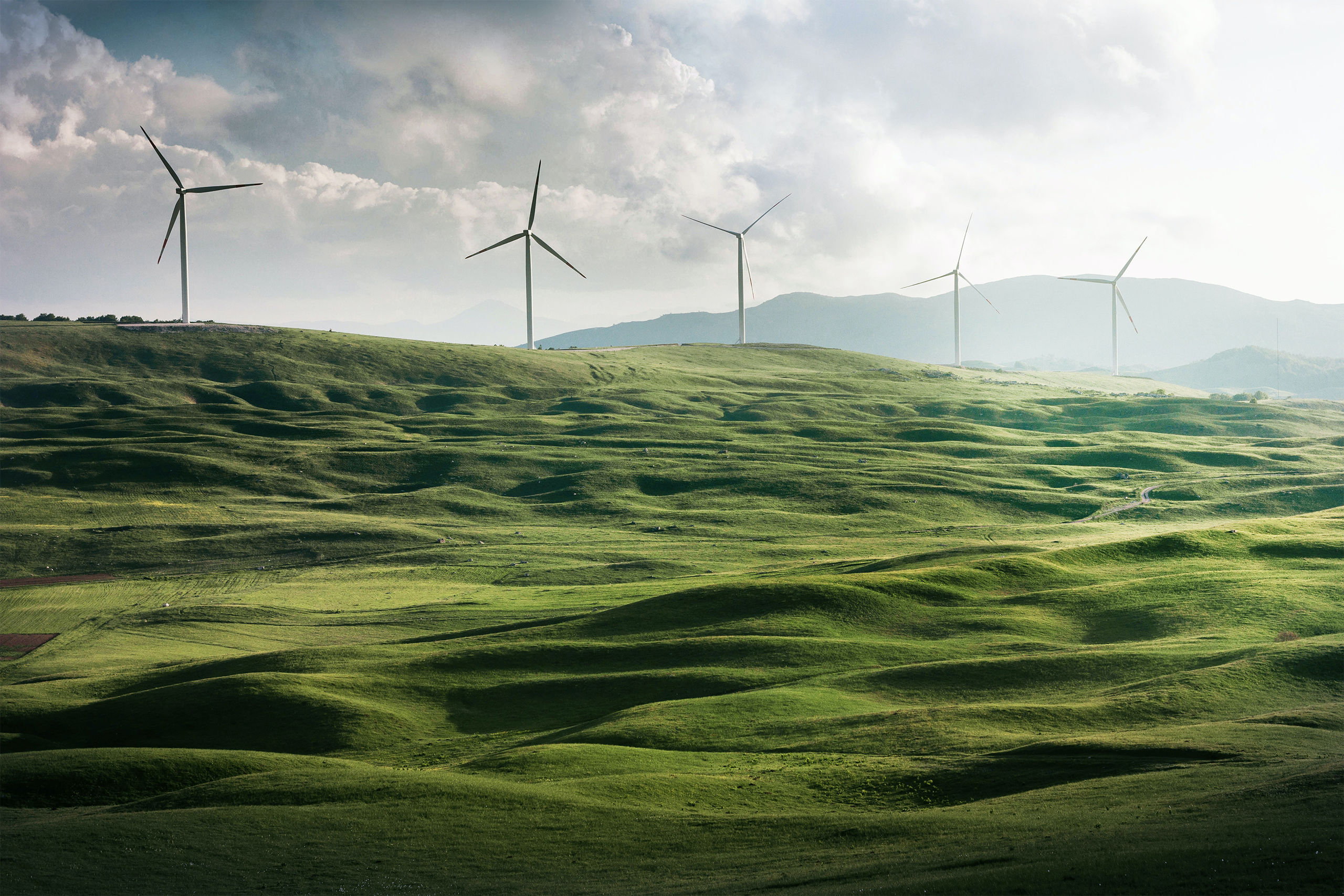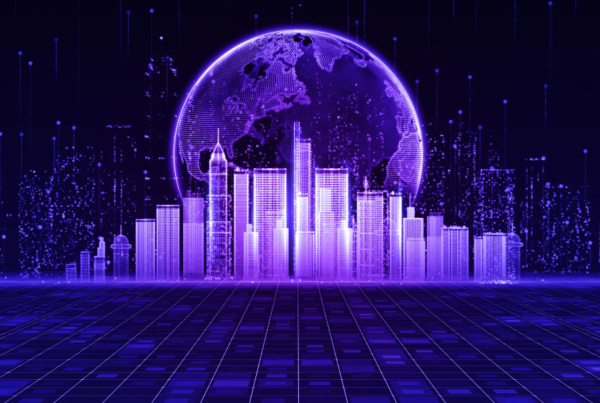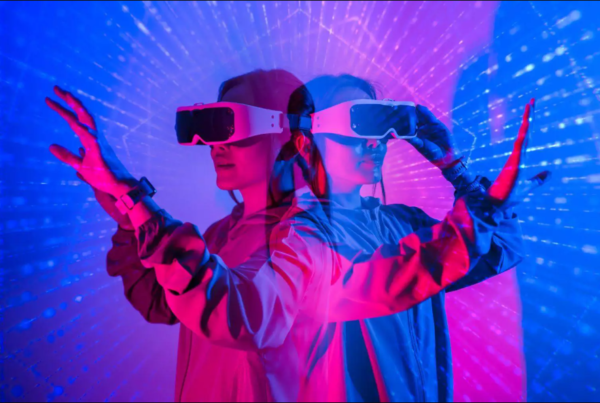IoT technology will reduce eight times its energy consumption and air and water impact in 2030.
The data reported in the new Sustainability in New and Emerging Technologies report by Transforma Insights, 6GWorld and Interdigital.
IoT solutions (such as on-demand TV content) create electronic wastes (the so-called eWaste) and contribute to energy consumption (due to content engines, local servers and connectivity), but they also reduce fuel consumption and air and water pollution (through the management of the road vehicle fleet and the heating, ventilation and air conditioning systems).
Electricity
The adoption of IoT solutions will make it possible to reduce energy consumption by over 1.6 petawatt-hours (Pwh) in 2030: the main ones applicated will be Smart Grids (intelligent electricity grids), HVAC (heating, air conditioning and air ventilation systems) and building automation (automation and efficient management of buildings).
The most expensive solutions in terms of consumption will still be CCTV (TV systems dedicated to monitoring areas, for security purposes) and audiovisual (AV) equipment.
Today, IoT solutions are generally combined with direct consumer services (such as AV devices) to improve the functioning of the devices we have and use daily. While solutions such as HVAC, Building automation and Building lightning lead to improved energy savings, AV equipment, CCTV and personal assistance robots still consume high levels of energy.
They are incorporated into companies to have net economic benefit and greater efficiency, which often result in lower consumption of electricity, fuel and water. The effects can be direct, if IoT solutions can be completed more efficiently, or indirect, to avoid costs in related areas.
Fuel
In addition to their impact on electricity consumption, many IoT solutions also have an impact on the consumption of hydrocarbons (including petrol, diesel, and gas).The net effect on fuel consumption is extremely positive: it is almost entirely represented by the need to carry the additional weight of IoT equipment.The IoT solution that currently allows greater fuel savings (about 37% less) is Road Fleet Management, which allows for more efficient management of the vehicle fleet and of delivery vans on the road. Road traffic monitoring and control enable more efficient traffic flows, particularly in urban environments and in the city center, where savings still increase by 9%.Inventory Management & Monitoring solutions make it possible to reduce consumption by 8% (thanks to more accurate and timely information they provide), also allowing more efficient transport and distribution systems.

Water
Water scarcity was included in 2019 by the Word Economic Forum as one of the major global risks of the next decade. Today two thirds of the world population (4 billion people) lives in conditions of severe water shortage at least one month a year.IoT solutions will have a positive impact on water consumption (estimated to be around 230 billion cubic meters in 2030) and around 35% will be driven by improved smart water network operations. The IoT will save water especially in agriculture, through crop monitoring and management (- 26%), remote control of crop irrigation equipment processes (- 19%) and resource monitoring (of livestock, – 15%).
Production, distribution, and disposal
The increase in the number of devices to be produced will lead to an increase in the global consumption of electricity (by 34 Twh in 2030), fuel and eWaste production, where the total impact will be over 657,000 tons in 2030: in the world there will be 74.7 million tons of electronic waste in total, and the quantity generated in that year will be equal to 0.9% of that disposed of in then same year.
CO2
The forecasts relating to electricity and fuel consumption also allow us to estimate the impact of IoT solutions on CO2 emissions, which is advantageous: by 2030 their application will allow us to reduce emissions by about 1 gigatonne.Also in this case, the most impactful solution is Road Fleet Management, which represents 28% of savings, followed by Grid Operations and Generation at 9%, while vehicle rental, Leasing & Sharing and Road Traffic Monitoring account for 6% each.Obviously, the impact on CO2 of IoT solutions varies around the world: in regions that exploit renewable energy it will be lower, in those that depend on hydrocarbons it will be higher.
Today
Technology can be used to achieve sustainability goals also through the creation of solutions to trace the origin of goods, verify the quality of the origin and the traceability of the source of raw materials of interest (such as gold, cobalt and tantalum, often extracted in conflict areas, exploiting child labor or violating human rights) thus allowing greater control of individual actors in the supply chain, to the point of discouraging the purchase of unethical products.
Many vendors are making significant efforts to increase the energy efficiency of their operations (both in terms of networking and in terms of data center operations), and new technologies are changing habits of human behavior. We think of smart working and conference calls against the costs of commuting, office management and international travel. Video analysis enabled by artificial intelligence and remote monitoring of resources now make it possible to carry out a greater number of jobs remotely, partly reducing costs and environmental impact.
Full report https://www.6gworld.com/sustainability-in-new-and-emerging-technologies/









